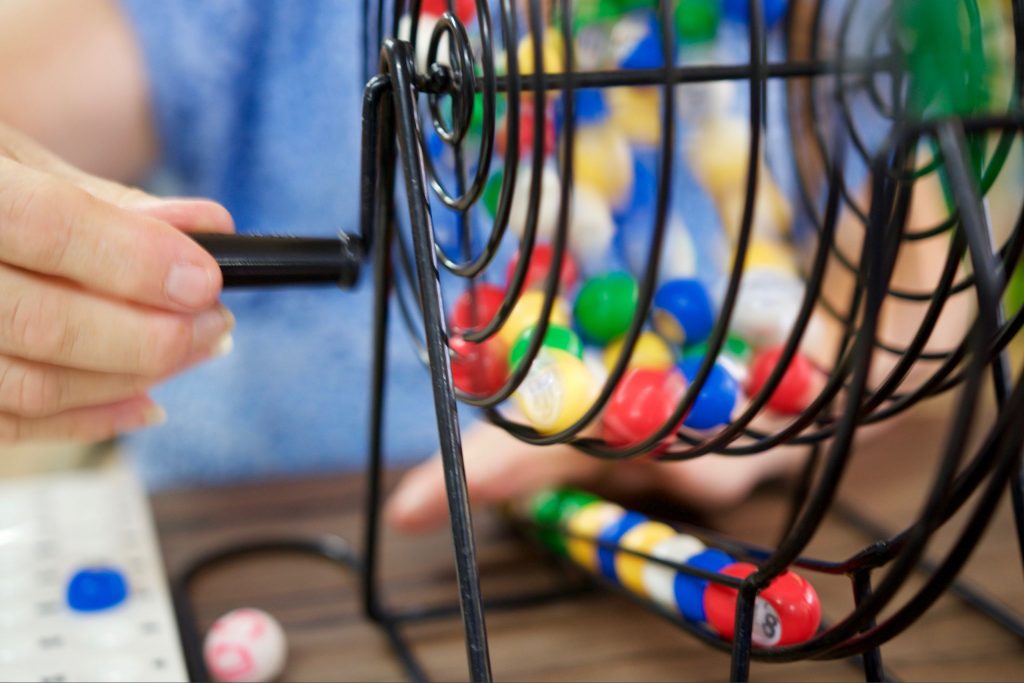For decades players all over have been enthralled by the lively and interesting game bingo. Its simplicity and the thrill it offers appeal, which qualifies it for people of all ages. Whether at a community hall or online, bingo provides a fun approach to engage with friends and relatives by combining chance with social contact. Anticipation and delight abound from the excitement of waiting for numbers to be called and from checking them off on a card.
Many fresh players are keen to participate in the fun as bingo’s appeal keeps rising. This page seeks to provide basic information for those who are not acquainted with the game so they may completely appreciate what bingo has to offer. From knowing the rules to investigating many game types, readers will acquire the knowledge required to engage boldly and enjoy the experience.
The Essential Bingo Rules
Popular game bingo relies mostly on excitement and chance. Players match the yelled numbers of the caller with those of theirs on their bingo cards. Then scream “Bingo!” a player has to follow a designated pattern—that of a straight line, either horizontal, vertical, or diagonal. to show their success.
There are various kinds of bingo; the two most regularly utilized ones are 75-ball and 90-ball. In 75-ball bingo players receive a 5×5 card with an empty center; in 90-ball bingo players typically use a card with three rows and nine columns.
Key bingo jargon consists of “caller,” the person in charge of drawing and announcing numbers, and “bingo card,” a player’s individual grid with randomly allocated numbers. Knowing these basic ideas and principles enhances the overall game experience, so bingo becomes a terrific and interesting game for every participant.
Getting Your Bingo Card
People have either physical or online choices to get a bingo card. Local gaming stores, supermarkets, or community organizations running bingo evenings allow one to buy physical cards. Online, many websites and applications provide digital bingo cards available for printing or direct device play.
A traditional bingo card has columns labeled B, I, N, G, and O across a 5×5 grid. Each column runs B (1–15), I (16–30), N (31–45, with a free space in the center), G (46–60), and O (61–75).
Gamers could arrange numerous cards using a deliberate approach. Maintaining cards arranged either by color or number may improve effectiveness. Marking numerals off with a contrasting color highlighter also helps maintain clarity. At last, allocating a specific space for every card during games helps to reduce uncertainty and guarantees players remain concentrated and enjoy the game.
How to Play Bingo
If players of Bingo want to play the game well, they first have to learn how to mark their cards exactly when numbers are announced. Every participant receives a card with a five by five grid filled with random numbers. Players should fast inspect their cards and note the matching numbers as the caller announces numbers to keep their concentration.
Though they vary, winning patterns typically consist of whole a horizontal, vertical, or diagonal line. Special patterns revealed at the game’s outset, like “four corners” or “full house,” should also be very much under players’ notice.
A player must to yell “Bingo!” immediately to inform the caller when they complete a winning run. This displays on their card the winning blend. Reacting to the caller with simplicity and grace will assist to ensure that the victory is welcomed without doubt. Even after shouting, players should be ready to show their card for proof.
Following these rules will enable participants to value the thrill of Bingo and provide a perfect and fascinating playing field.
Strategies for Success
Players should think about numerous sensible techniques to improve their chances of winning in card games. Playing many cards first helps to diversify risk and increase chances for successful combo formation. Emphasize the need of identifying and using trends in card distribution as this helps to make wise choices.
The most important is concentration; keeping attention helps players monitor their cards and opponent’s plays, thus enhancing their whole performance. Furthermore, good card management—that is, understanding when to hold or play certain cards—may greatly affect results.
Sustained success depends on balancing chance with ability. Although chance will always have a part, learning a smart strategy can help the chances to be in your favor. Players should examine prior games, learn from their mistakes, and modify their plans going forward.
Including these methods into games helps to develop a good attitude and improves winning possibilities as well as pleasure.
Bingo Etiquette and Community
Players should adopt simple manners in a bingo hall or online to improve the whole experience for all those engaged. Arriving on time and being ready will help to guarantee that the game can start immediately. Players should maintain a polite volume throughout play and avoid too noisy or distracting behavior that can bother others.
Interaction with the host and other participants should concentrate on optimism. A basic hello or a grin might help to create a pleasant environment. Celebrating victors and sharing in the thrills of close calls helps to foster a friendly society. Should questions or concerns arise, it is important to gently address them to the host.
Bingo is a social gathering that usually draws people together in an energetic surroundings, not just about the game. Many players become friends, therefore fostering camaraderie and a feeling of belonging. Good manners and respect help everyone to enjoy the shared happiness that bingo offers, therefore strengthening the links that make this old game interesting and fun.

In Conclusion
Starting with bingo is a fascinating hobby combining social interaction with simple rules. Players should familiarize themselves with the many types of bingo games, choose a reliable venue or platform, and ensure they understand the particular card patterns used. If one knows the calling method and the card choosing strategies, their experience might become better. Players are advised to start the game, engage with other players, and enjoy the fascinating surroundings bingo offers keeping these key points in mind. Beyond the game, the social aspects—including mutual expectation of victory and player friendship—add to a pleasurable experience. Ultimately, bingo provides a timeless past pastime with great ways of mingling, excitement, and delight.



